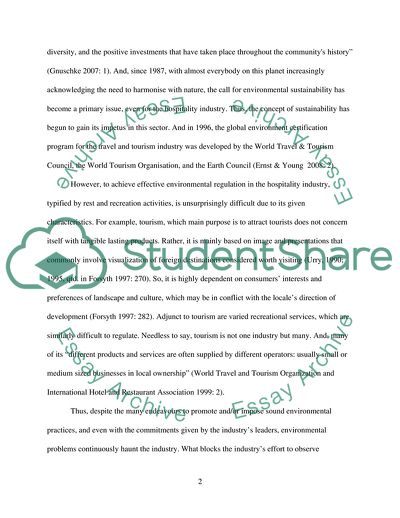Cite this document
(Barriers to Hospitality Industrys Adoption of Sustainable Environment Case Study, n.d.)
Barriers to Hospitality Industrys Adoption of Sustainable Environment Case Study. Retrieved from https://studentshare.org/tourism/1729865-what-are-the-barriers-to-adopting-environmental-practice-in-hospitality-industry
Barriers to Hospitality Industrys Adoption of Sustainable Environment Case Study. Retrieved from https://studentshare.org/tourism/1729865-what-are-the-barriers-to-adopting-environmental-practice-in-hospitality-industry
(Barriers to Hospitality Industrys Adoption of Sustainable Environment Case Study)
Barriers to Hospitality Industrys Adoption of Sustainable Environment Case Study. https://studentshare.org/tourism/1729865-what-are-the-barriers-to-adopting-environmental-practice-in-hospitality-industry.
Barriers to Hospitality Industrys Adoption of Sustainable Environment Case Study. https://studentshare.org/tourism/1729865-what-are-the-barriers-to-adopting-environmental-practice-in-hospitality-industry.
“Barriers to Hospitality Industrys Adoption of Sustainable Environment Case Study”. https://studentshare.org/tourism/1729865-what-are-the-barriers-to-adopting-environmental-practice-in-hospitality-industry.


